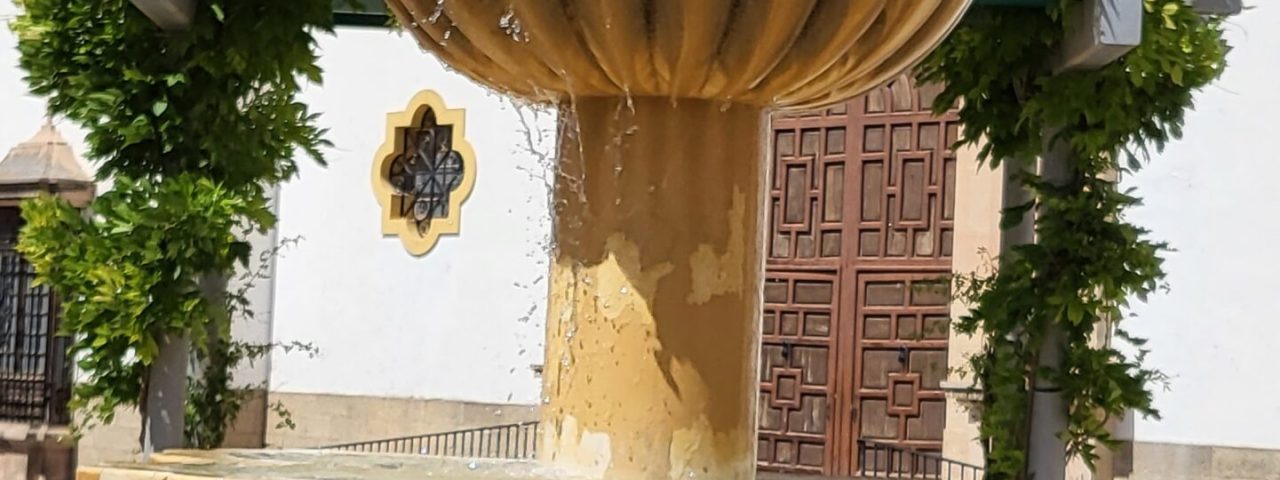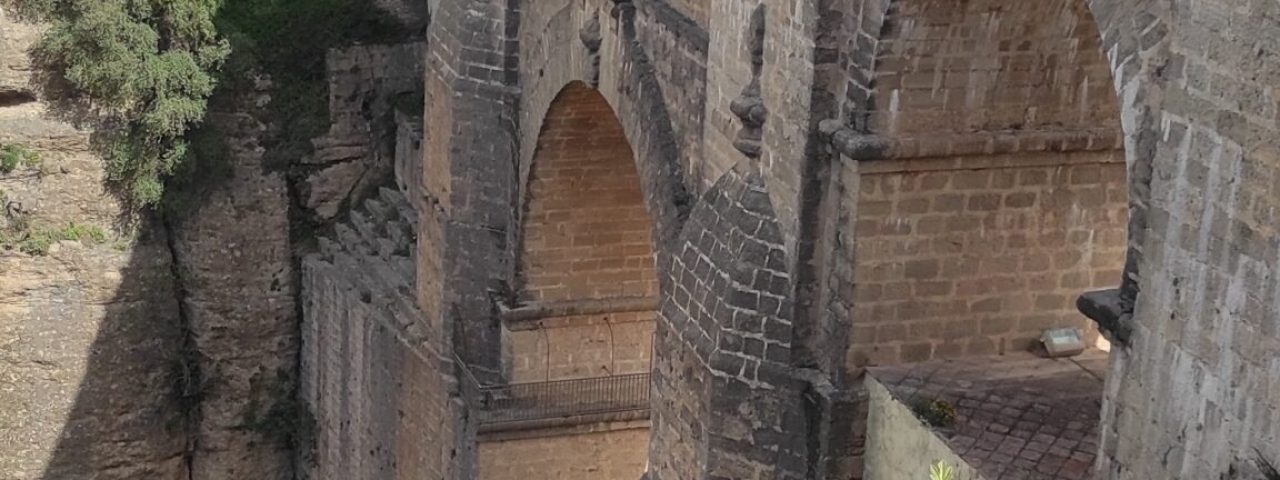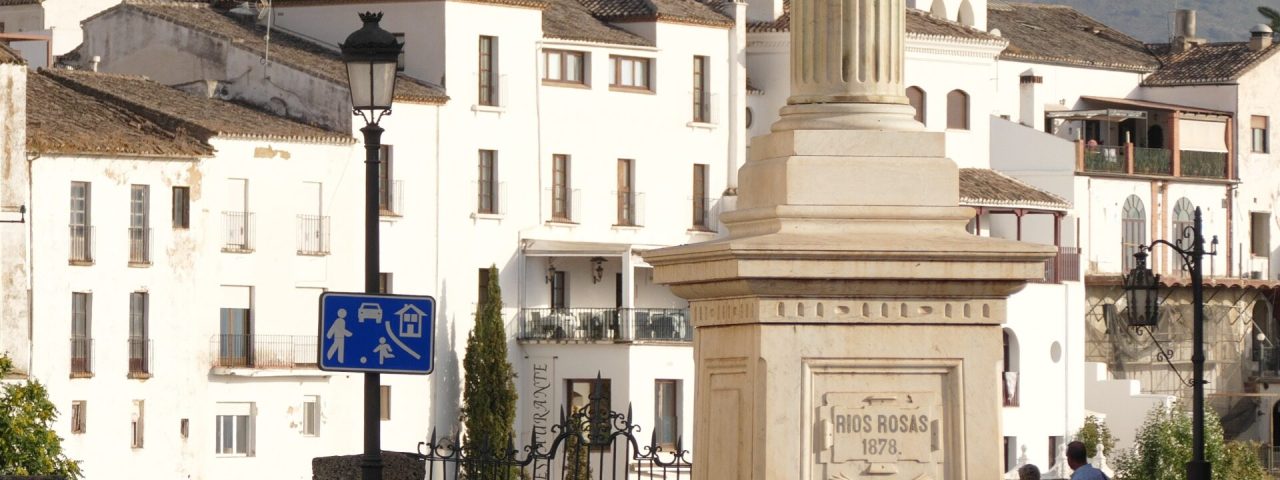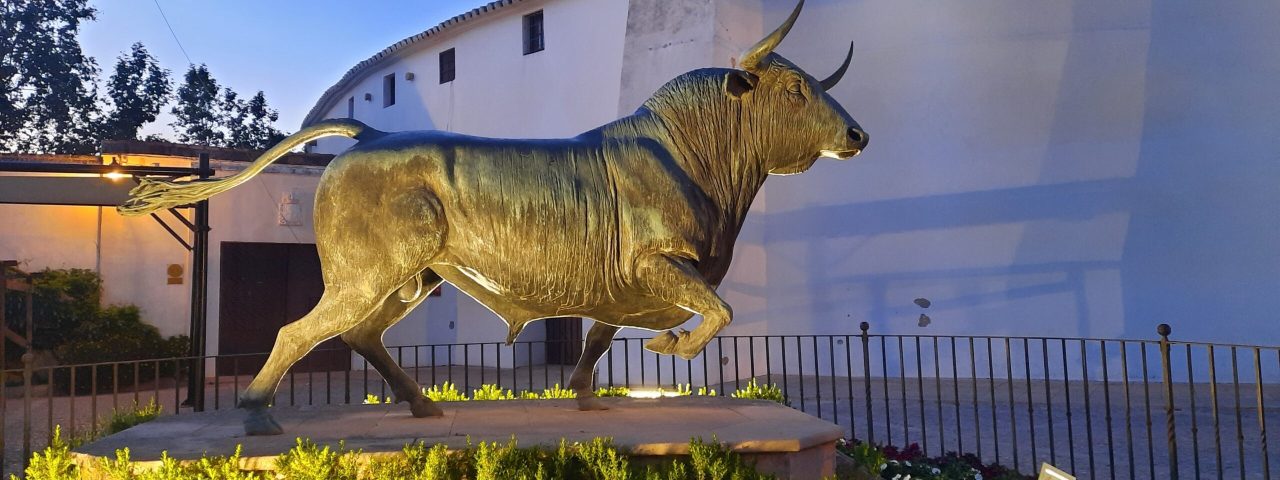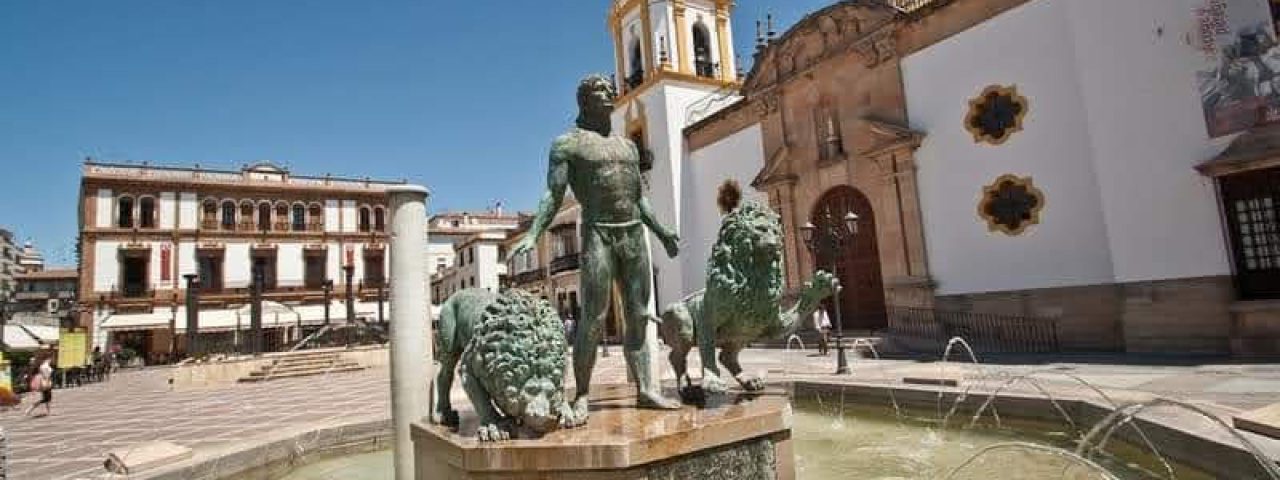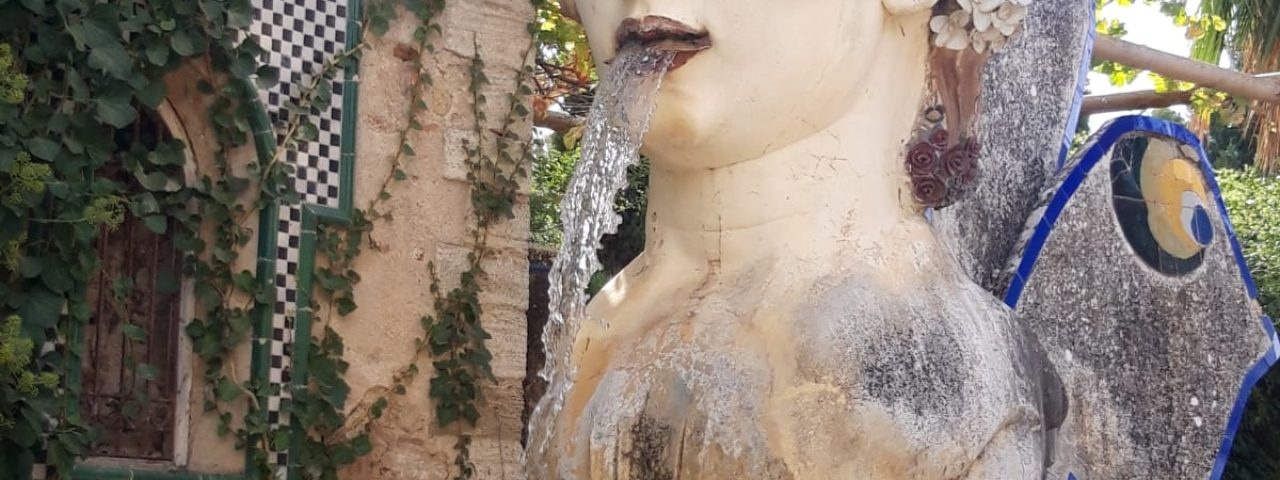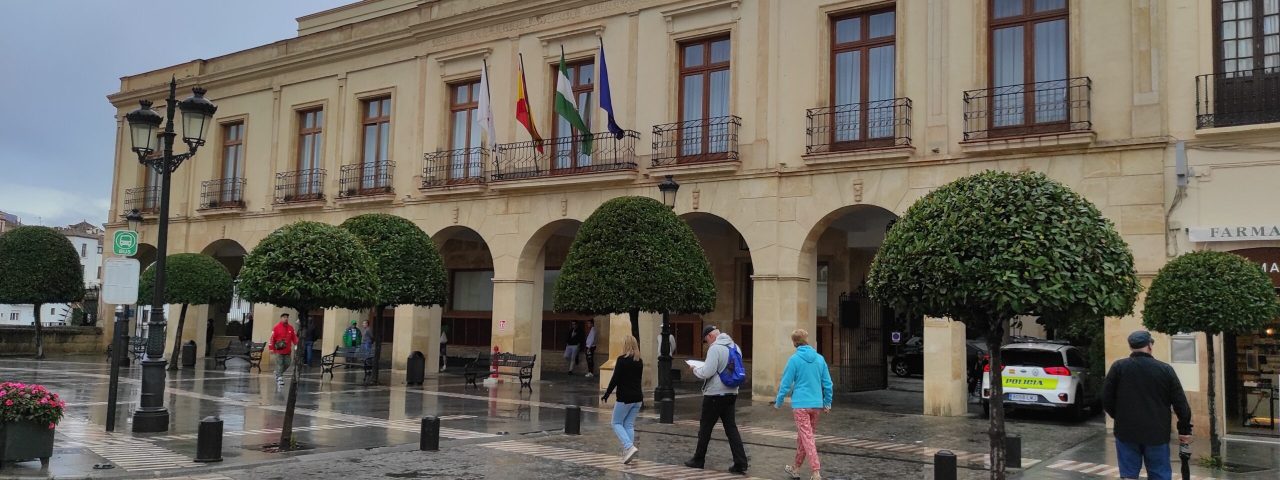Ronda boasts a rich and diverse history, having been inhabited by a succession of civilizations including the Celts, Romans, Visigoths, and Moors, each leaving their mark on the city’s culture and architecture. The city was an important Roman settlement known as Acinipo before falling under Moorish rule in the 8th century. The Moors significantly influenced Ronda’s architectural and cultural landscape, with remnants of this era still visible today, particularly in the old town area (La Ciudad) and the Arab baths. Ronda was reclaimed by Christian forces in 1485 during the Reconquista, which led to the development of the newer parts of the city.
The city’s cultural life is deeply rooted in Andalusian traditions. Ronda is famed for its bullfighting heritage, and its Plaza de Toros is one of the oldest bullrings in Spain, built in 1785. This bullring plays a significant role in the history of modern bullfighting, with legendary matadors like Pedro Romero hailing from Ronda. Visitors can experience the annual Feria de Pedro Romero, a festival dedicated to bullfighting and Andalusian culture, which includes parades, flamenco performances, and equestrian events.
Ronda’s cultural identity is also shaped by its religious festivals, such as Semana Santa (Holy Week), where dramatic processions take place in the streets. The city celebrates its past with pride, and visitors can immerse themselves in its storied traditions, whether through attending local festivals or exploring the historical landmarks scattered throughout the town.
